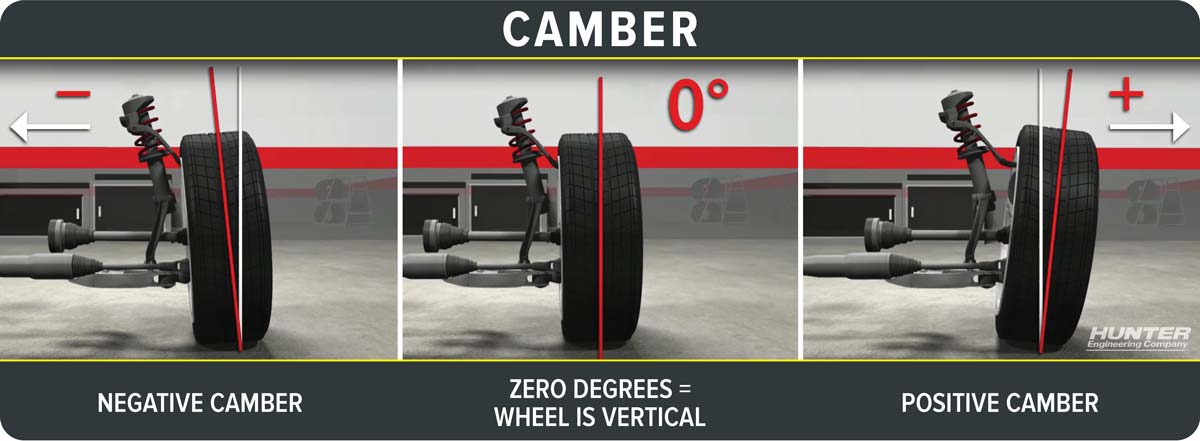Ever encountered an odd sensation while driving, as if your car is constantly veering to one side? That’s likely a sign of positive camber, a condition that can impact your vehicle’s handling, safety, and performance. But fear not! In this definitive guide, we’ll embark on a deep dive into positive camber, its causes, and most importantly, the magic formulas to restore your car’s balance.

Image: mbworld.org
Comprehending Camber: What, Why, and How?
Camber, in automotive terms, refers to the angle at which your tires lean inward or outward when viewed from the front of the vehicle. Positive camber, as the name suggests, indicates that the top of your tires tilt away from the center of the car. This can arise from various factors, including suspension modifications, worn-out components, or even an accident.
The consequences of positive camber can range from diminished cornering stability to uneven tire wear. If left unaddressed, it can compromise your car’s overall performance and even pose safety concerns.
The Road to Redemption: Step-by-Step Camber Correction
Restoring your car’s camber balance involves pinpointing the root cause and implementing suitable solutions. Here’s a comprehensive roadmap to guide you through this process:
-
Identify the Underlying Cause: A thorough inspection of your car’s suspension system is crucial. Check for bent or damaged components, especially in the control arms, struts, or tie rods.
-
Camber Adjustment Techniques: Depending on your vehicle’s design, specific adjustment techniques may be employed. Camber bolts, eccentric bolts, or camber kits can alter the camber angle by loosening and rotating certain bolts or installing aftermarket components.
-
Suspension Component Replacements: If the issue stems from worn or damaged suspension components, replacing them with high-quality parts is essential. This may include ball joints, tie rod ends, or suspension bushings.
-
Professional Alignment: Once the necessary adjustments or replacements have been made, your car will require a professional alignment to ensure proper camber and toe settings.
Expert Insights and Actionable Tips to Stay in Alignment
To further empower you with camber wisdom, let’s delve into expert insights and proven tips:
-
Regular Vehicle Inspections: Periodic checks of your suspension system can prevent minor issues from escalating into major problems. Nip camber problems in the bud with proactive maintenance.
-
Precision Alignment: Always seek professional alignment services, as precision is paramount. A reputable mechanic will employ high-quality alignment equipment to restore your car’s optimal camber balance.
-
Post-Alignment Inspection: After any camber adjustments, it’s crucial to thoroughly inspect the alignment and suspension components again to ensure the fix is holding up.

Image: ricksfreeautorepairadvice.com
How To Fix Positive Camber
Conclusion: Regain Control, Enhance Your Ride
With the knowledge and techniques outlined in this comprehensive guide, tackling positive camber becomes a manageable task. By understanding the causes, implementing effective solutions, and adhering to expert advice, you can restore your car’s optimal handling, maximize performance, and ensure unwavering stability on every road you conquer.
Remember, a vehicle in alignment is a safe vehicle. Take charge of your camber today and enjoy a seamless, worry-free driving experience. The road awaits your balanced journey!